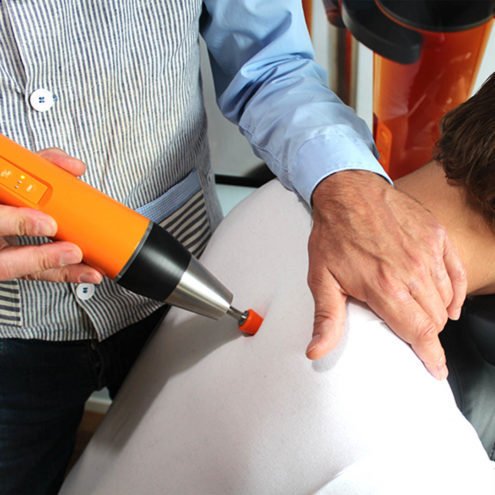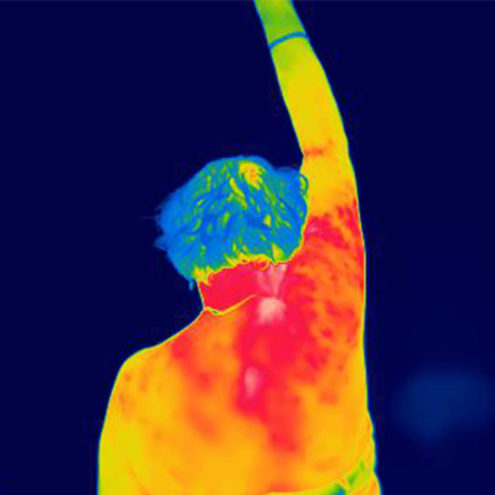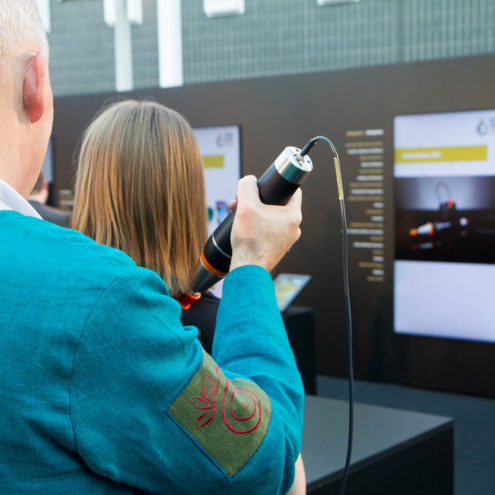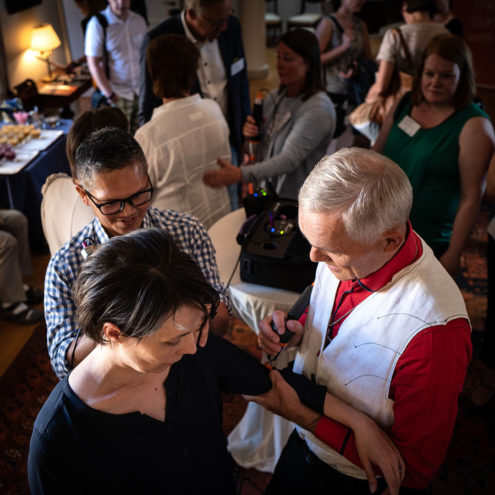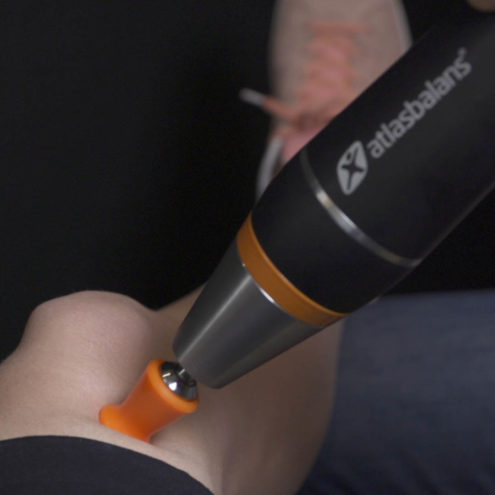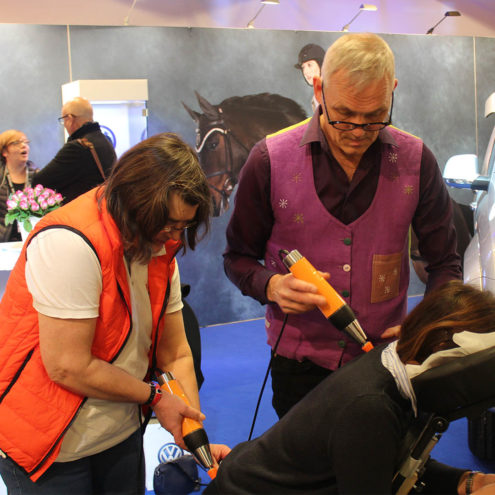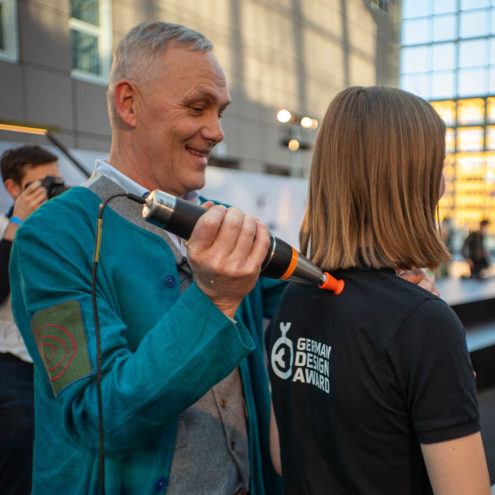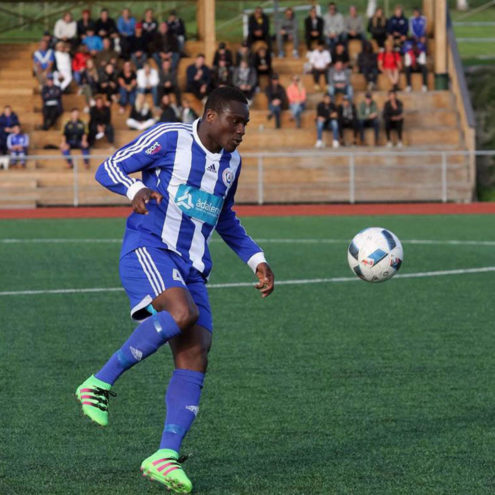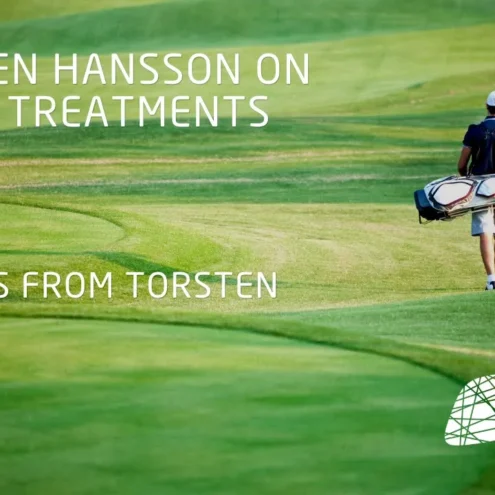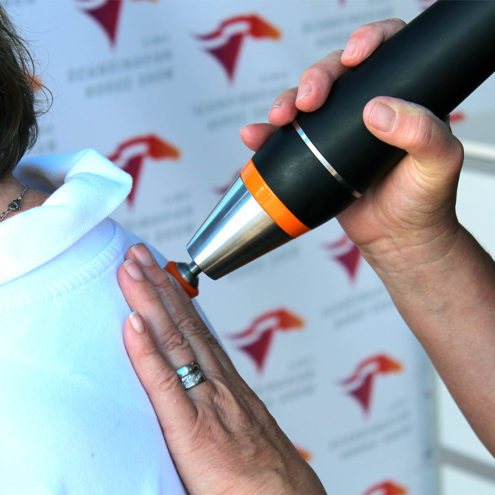Forward head posture/cow back – Advice & Treatment
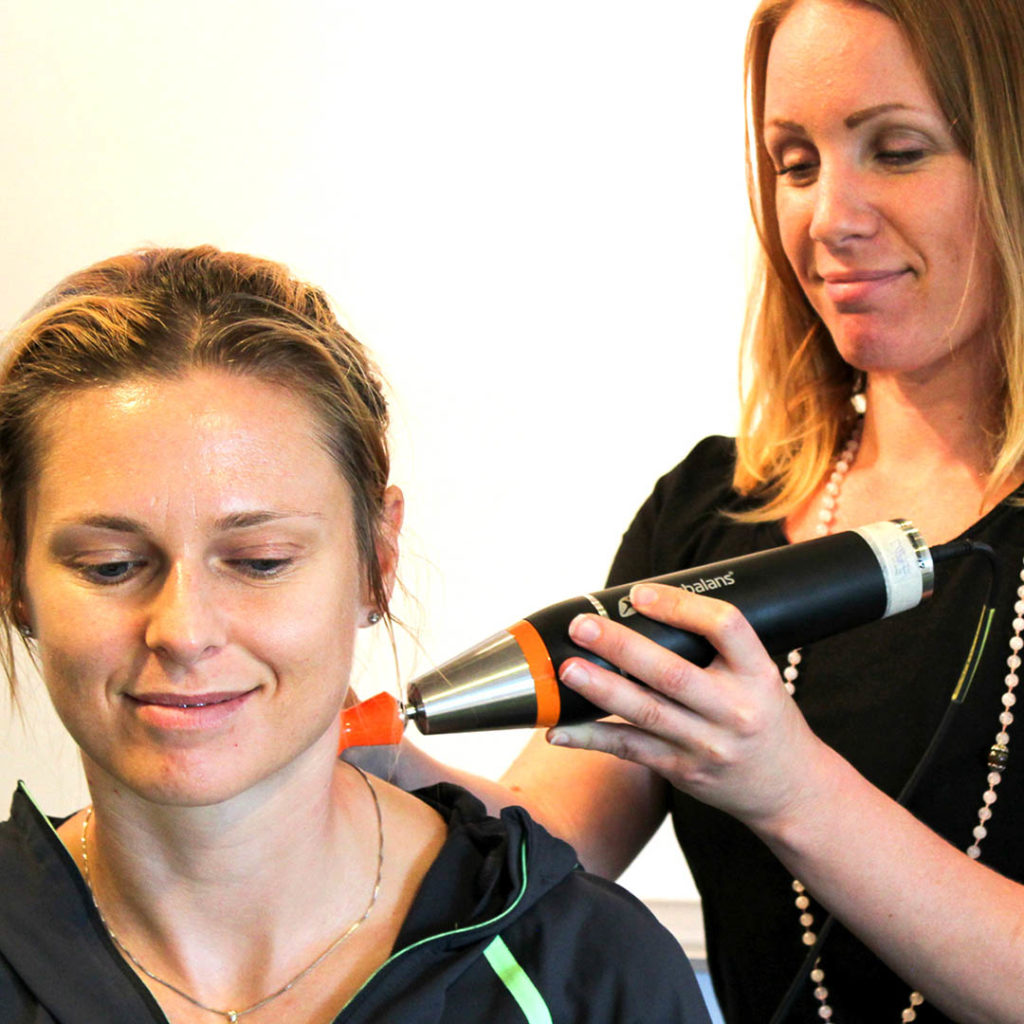
Forward head posture and cow back are two increasingly common conditions in today’s society, often related to modern lifestyle and work habits. Understanding the causes and treatment options is crucial to effectively manage and improve these conditions.
Why do you get forward head posture?
Forward head posture, also known as trunk neck, is characterized by the head being displaced forward from its centered position. Often, forward head posture is the result of a long period of poor posture where the head is bent forward. Today, we spend more time in front of cell phones, computer screens and TVs where we push our head forward. Likewise, head tilt can arise from other factors. Visual defects where the head is pushed forward to see better can cause forward neck posture. Also ageing where the vertebrae may have been exposed to prolonged wear and tear can create vulture neck. Vertebral fractures and vertebral compression can also affect the curves of the spine. Malformations of the vertebrae in children and teenagers, such as scoliosis, can also cause problems such as bunions. Shin splints can lead to muscular imbalances and increased stress on the spine. Shin splints don’t just have to come from the neck. As the spine can’t work in isolation, neck pain can occur depending on how the rest of the spine is shaped. Flattened lumbar spine or too rounded thoracic spine will result in the head being pushed forward to balance up.
Symptoms of forward head posture and cow’s back
Forward head posture can cause symptoms that include pain and stiffness in the neck and back, reduced mobility, and in some cases headaches or pain radiating down the arms. In the long term, these conditions can also contribute to other, more serious back and neck problems.
What can you do about forward head posture?
To manage forward head posture, it is important to address the root causes such as poor posture and muscular imbalance. This can include improving workplace ergonomics, regular movement and strengthening exercises.
Can forward head posture be treated with fascia treatment?
Yes, fascia treatment can be effective in treating forward head posture. At the FasciaClinics, a holistic treatment approach is used to deal with forward head posture. The treatment is based on the fascia in the body. The fascia is the network of soft connective tissue that permeates and connects all the cells, tissues, organs and systems of the body into a whole. Both internal and external factors can affect the fascia and change its structure. A fascia treatment reduces the tightness of the fascia so that the pressure on pain receptors is reduced. The whole body is treated to detect and correct imbalances that may have caused gait problems. The body is balanced and posture is improved so that stresses are reduced and evened out in the body.
If the vertebrae in the neck are misshapen, fascia treatment will not straighten the neck. However, it will reduce tension and pain, increase mobility and improve the function of the existing structures.
How can I treat my forward head posture myself?
There are several ways to deal with forward head posture yourself:
Regular breaks and movement: Change position and take short breaks from sitting or static positions.
Using assistive devices: Special posture tools such as posture supports or ergonomic chairs can help maintain better posture.
Exercises to strengthen and stretch: Specific exercises can help improve posture and reduce pain.
Good exercises for forward head posture.
Here are some effective exercises that can be performed to alleviate the symptoms of forward head posture:
Pull in the chin to stretch the neck muscles. Can be done sitting or standing. Hold the stretch for five seconds and repeat 10 times.
Squeeze your shoulder blades together: Sit or stand with your arms by your side. Bring your shoulder blades together and hold for a few seconds. Make sure your shoulders don’t go up and your head isn’t pushed forward.
Pull your shoulder blades down. Squeeze and pull your shoulder blades down towards your buttocks while pushing your chest upwards.
Chest stretch: Stand in a doorway with your elbows at about a 90 degree angle. Take a step and lean forward. Hold the stretch for one minute, breathing deeply as you go. Vary the angle of your elbows to stretch different parts of your chest.
Backward bending of the thoracic spine. Stand against a wall and clasp your hands behind your head. Take a step forward and rest your elbows on the wall. Allow your elbows to slide up towards the ceiling while bringing your chest closer to the wall. You can expect to feel some pain in the center of your spine. However, if the pain starts to radiate to your ribs and chest, stop the exercise immediately.
These exercises should be performed regularly and with proper technique for best effect. Consult a physiotherapist or other medical professional for individualized exercises and techniques. By incorporating these strategies into your daily routine, you can make significant progress towards reducing and preventing symptoms of gait neck and back pain.
FAQ – Forward head posture & cow back
What can you do about forward head posture?
To manage forward head posture, it is important to first identify and change the behaviors and habits that contribute to the condition. This may include improving workplace ergonomics, taking regular breaks to stretch, and performing specific exercises to strengthen the neck and back muscles. In some cases, professional help from a physiotherapist may be necessary.
How do you train a forward head posture?
To work out a forward head posture focus on exercises that strengthen the neck and back muscles, stretch and open up the chest, and improve posture. Exercises such as tucking in the chin, squeezing the shoulder blades together and stretching the chest can be effective. It is also important to integrate good posture into everyday routines and avoid prolonged periods of leaning forward.
What is Facet Osteoarthritis?
Facet osteoarthritis is a condition in which the facet joints gradually deteriorate and wear out, often due to ageing or overuse. This can lead to pain, stiffness and reduced mobility. Arthritis and degenerative changes in the spine are common causes of facet arthritis. Treatment can include pain relief, physiotherapy and in some cases surgery.
How long does it take to get rid of forward head posture?
The time it takes to get rid of forward head posture varies depending on the individual’s specific situation, including the severity of the condition and how consistently exercises and advice are followed. If the vertebrae are deformed, the condition may be permanent but you can still exercise the muscles to reduce pain and improve the function of the neck.
For some, improvements can be noticed within a few weeks, while for others it may take months to see significant progress. Regular exercise and improving posture are essential for success.
What does forward head posture look like?
Forward head posture is characterized by an abnormal forward bending of the neck, giving the impression that the head is tilted forward in relation to the rest of the body. This can lead to an unbalanced silhouette where the head appears to hang in front of the body.
Why do you become cow-backed?
Back pain is mainly caused by poor posture, especially when sitting or standing with the back bent forward for long periods. Ageing, weakness of the back and abdominal muscles, and certain medical conditions such as osteoporosis can also contribute to the development of hunchback.
What is meant by cowback?
Curvature of the spine, or kyphosis, refers to an excessive forward bending of the spine in the thoracic spine. This can lead to the upper body looking rounded, with the shoulders and head bringing forward the midline of the body.
Can you get rid of cow back?
In many cases, cow back can be reduced or improved through proper exercises, improved posture and lifestyle changes. Exercises that strengthen the muscles of the back and trunk and improve flexibility of the spine can be particularly effective. In some cases, especially where low back pain is the result of an underlying medical condition, additional treatments or interventions may be necessary.
 Search
Search










